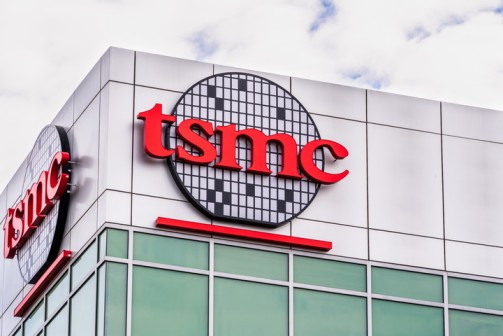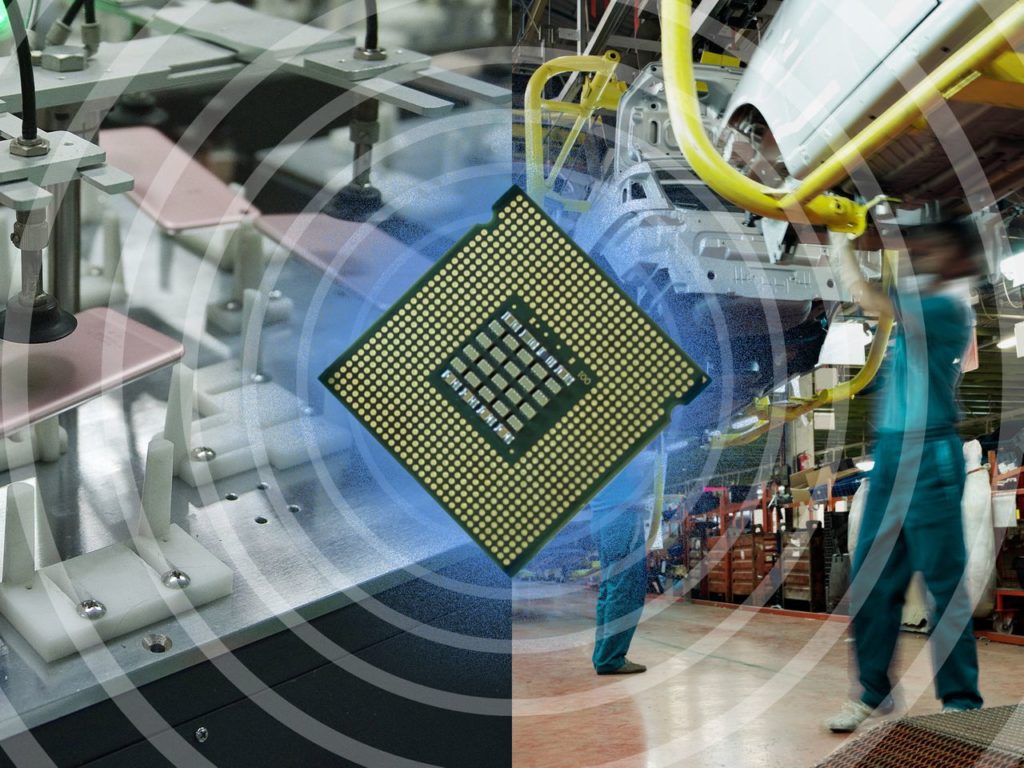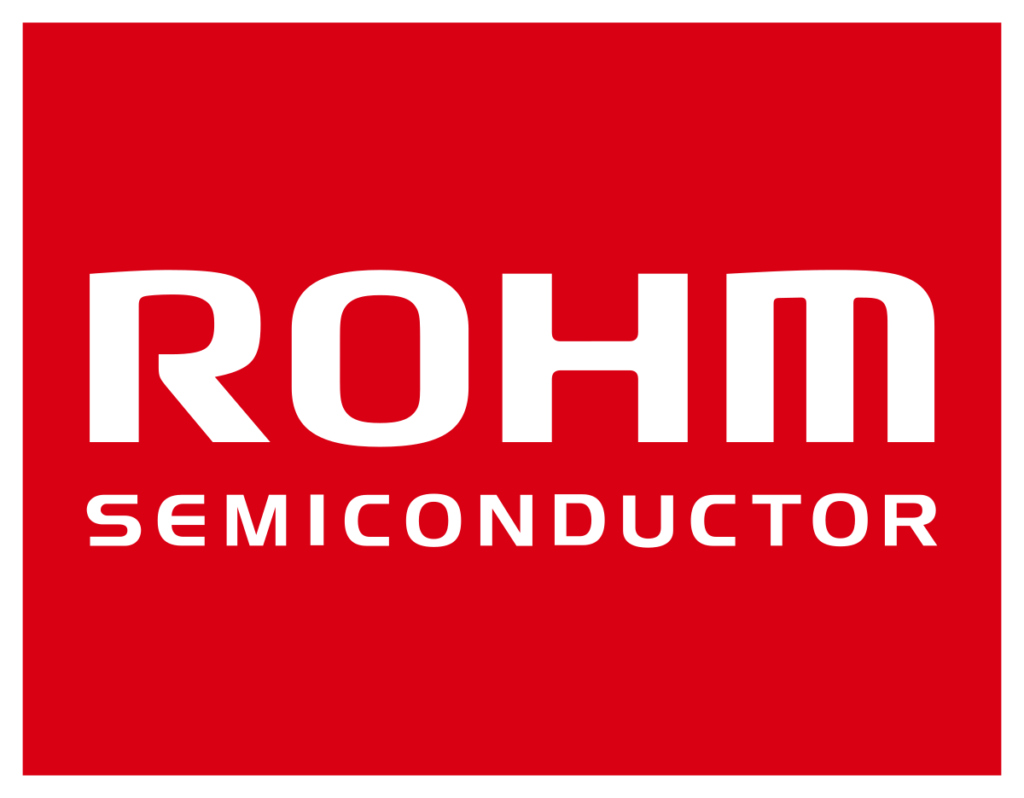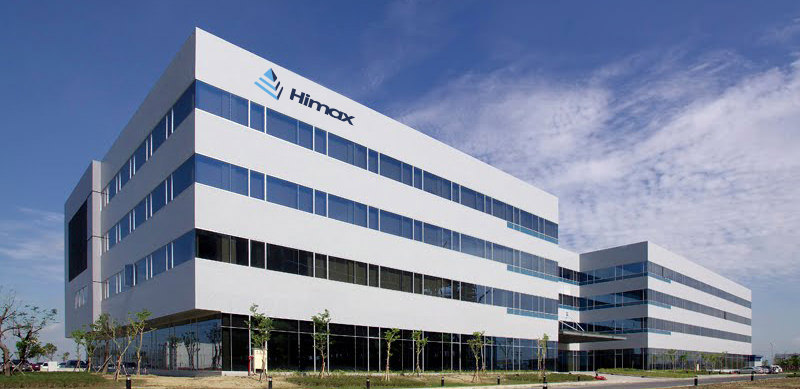US Is Buying Chipmaking Machines From Taiwan More Than Ever
As the Biden administration seeks to revive the local semiconductor industry, US sales of Taiwanese chip-making gear reached an all-new high record in March. According to information from the Ministry of Finance in Taiwan, the country which is a worldwide hub for silicon manufacturing innovations, witnessed a 42.6 percent increase in its chipmaking equipment exports to the US in March compared to the same month last year, setting an all-time high record of 71.3 million USD (RM314.01 million). However, trade in China went down 33.7 percent, marking the tenth consecutive month of a downward spiral.
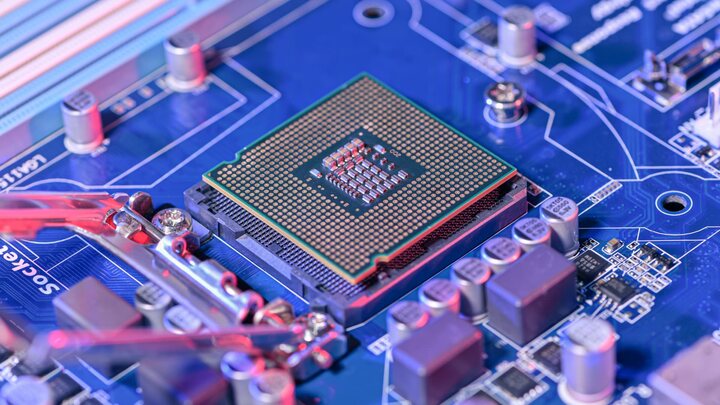
Taiwan is a key factor in the worldwide supply chain and residence of Taiwan Semiconductor Manufacturing Co (TSMC) as well as numerous additional key players in the chip industry.
Also Read: Why is Samsung’s cut in chip production good news for industry?
United States officials took action to establish more sophisticated chipmaking within American borders because of concerns over over-dependence on Taiwan island, which China regards as a portion of its own country.
Due to financial aid and assistance from the state and municipal governments, TSMC is building two fabrication facilities in Arizona.
The chip supply chain is beginning to split apart as a result of US measures to restrict China’s access to essential semiconductor equipment, know-how, and goods. One indication of this is the decline in Taiwan’s shipments of semiconductor machines to China.
A month back, Japan also unveiled intentions for new export limits on chip manufacturing equipment, clearly aiming its limitations at China which is the second-largest economy in the world.
Japan’s move to collaborate with the United States and the Netherlands in banning chip manufacturing equipment exports to China has given the allies strong tools to use in the expanding technological conflict.
The commerce ministry of Japan announced this week that beginning in July, exports of 23 different types of chip technology will require government authorization.
This has an impact on a wide range of businesses, which includes Nikon Corp., Tokyo Electron Ltd., and Screen Holdings Co., which have played a key role in China’s efforts to establish a local chip sector.
“Japan joining the export curbs will do great harm to China’s ability to make and develop chips smaller than 16 nanometers,” said Akira Minamikawa, an analyst at research company Omdia.
Source: bloomberg.com
Also Read: U.S. set to further tighten chipmaking exports to China
American businesses like Applied Materials Inc. were immediately impacted by the regulations when the Biden administration published its extensive limits on chip-related shipments to China in October.
Following the announcement that both the Netherlands along with Japan has joined the China restriction, all the main nations that manufacture chipmaking gear are taking part. The most cutting-edge equipment, involving those that produce logic chips at 16 nm or with more complex geometries, are covered by the constraints.

I am a student pursuing my bachelor’s in information technology. I have a interest in writing so, I am working a freelance content writer because I enjoy writing. I also write poetries. I believe in the quote by anne frank “paper has more patience than person


